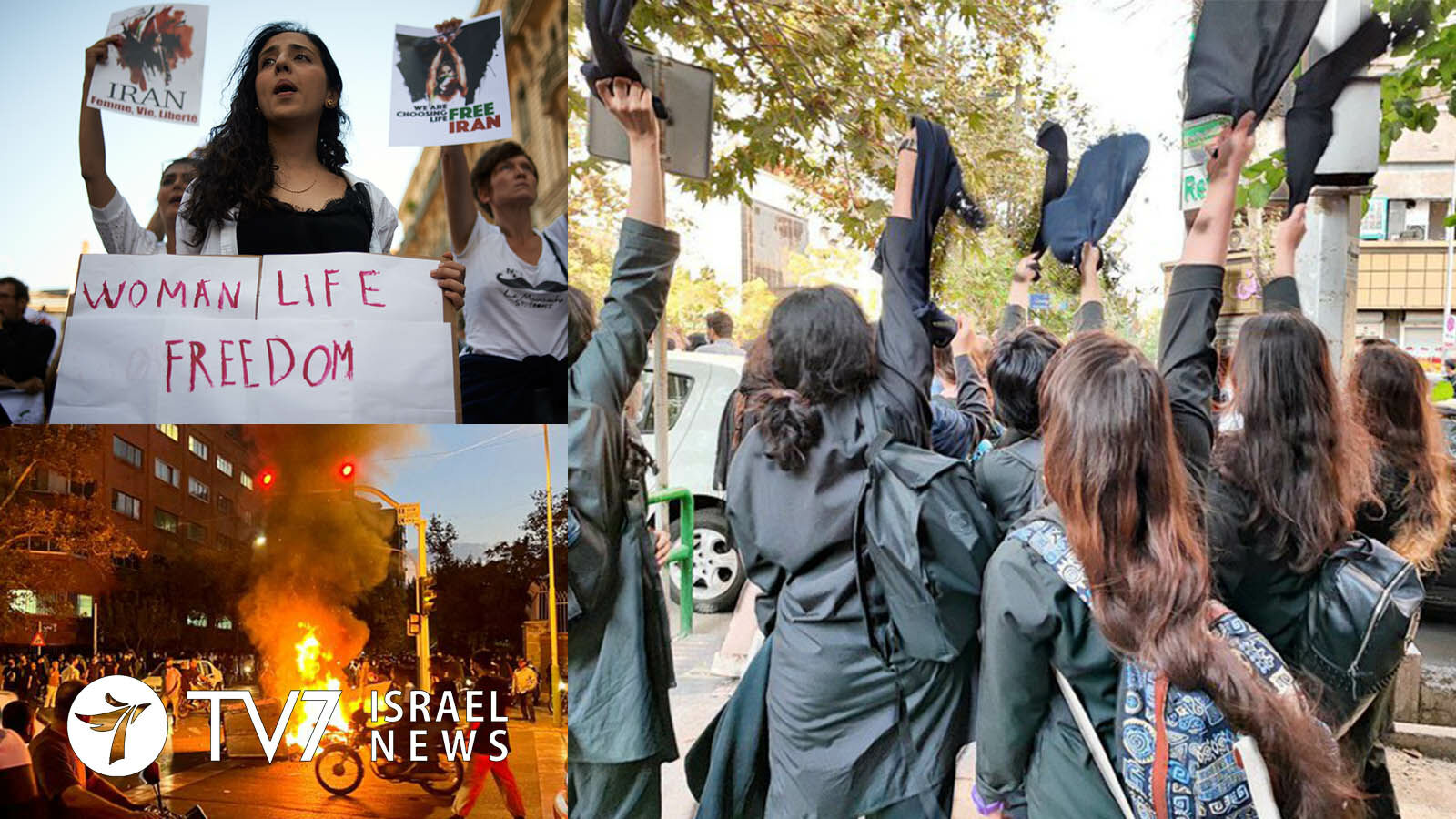The death of 22-year-old Mahsa Amini in police custody sparked the biggest challenge to Iran’s clerical leaders in years, with protesters calling for the downfall of Supreme Leader Ayatollah Ali Khamenei and President Ebrahim Raisi.
By Erin Viner
Amini, a member of Iran’s Kurdish minority, died on 16 September, three days after being arrested by the so-called “morality police” for wearing clothes deemed un-Islamic during a visit to Tehran. Eyewitnesses accounts say she was severely beaten while being detained, during which it is alleged she sustained multiple skull fractures.
A state coroner’s report released on Saturday rejected accusations she had been beaten to death, claiming her death was due to pre-existing medical conditions – denied by the Amini family.
As public outrage enters its fourth week, mass anti-government demonstrations continue in defiance of an brutal attempted crackdown by Iranian authorities.
“At least 185 people, including at least 19 children, have been killed in the nationwide protests across Iran. The highest number of killings occurred in Sistan and Baluchistan province with half the recorded number,” reported the Norway-based Iran Human Rights organization on Saturday.
Tear gas, clubs and even live ammunition was reportedly used by security forces against hundreds of high school girls and university students at dozens of protests across Iran yesterday. In shocking footage posted on social media by activist and rights groups over the weekend, riot police are shown clubbing students at a Tehran high school and chasing dozens of schoolgirls in the city of Bandar Abbas; a man shouting, “don’t hit my wife, she is pregnant” while trying shield her in Rafsanjan; a young woman lying unconscious on the ground after apparently being shot in the northeastern city of Mashhad, Iran’s second most populous city; and a woman screaming “shameless” after a man was shot to death in the northwestern Kurdistan provincial capital of Sanandaj for having honked his horn in a signal of solidarity with protestors.
During an apparent takeover of state television during its main evening newscast, the image of Ayatollah Khamenei engulfed in flames briefly appeared alongside photographs of Amini and three other women allegedly killed during the protests. The signature phrase of the demonstrations, “Woman, Life, Freedom,” could be heard as websites were posted for the Edalate Ali hacker group, which exposed mistreatment at a jail of mainly political prisoners after hacking security cameras last year.
Shops were reportedly shuttered in several cities after the calling of a mass strike. In an attempt to downplay events, state media claimed the stores were closed by owners over concern of damage during the unrest.
Ayatollah Ali Khamenei has accused his country’s arch-adversaries – the United States and Israel – of orchestrating what he called “riots,” and given his full backing for security forces to suppress the demonstrations.
After a weekly meeting, President Raisi, the head of judiciary and parliament speaker issued a joint statement that, “Currently, the Iranian society needs the unity of all its strata regardless of language, religion and ethnicity to overcome the hostility and division spread by anti-Iranians.”
“They (our nation’s enemies) imagine they can achieve their evil goals in universities,” the hardline Iranian President proclaimed on state television. During an address on Saturday to faculty and students at Alzahra University in Tehran, he recited a poem equating “rioters” with flies. Video posted on Twitter by activist groups showed female students chanting calls for the hardline leader and “Mullahs” to “get lost,” and that “We don’t want a corrupt guest.”
The United States and Canada have already placed sanctions on Iranian authorities in response to the Ayatollah regime’s attempt the crush the protests, and the European Union is considering the imposition of travel bans and assets freezing on Iranian officials.
“Those who beat up women and girls on the street, who abduct, arbitrarily imprison and condemn to death people who want nothing other than to live free – they stand on the wrong side of history,” German Foreign Minister Annalena Baerbock told the Bild am Sonntag newspaper on Sunday.
The protests are the largest to sweep the country since demonstrations over fuel prices in 2019, when an estimated 1,500 people were killed in a crackdown on protesters – the bloodiest confrontation in the Islamic Republic’s history.
